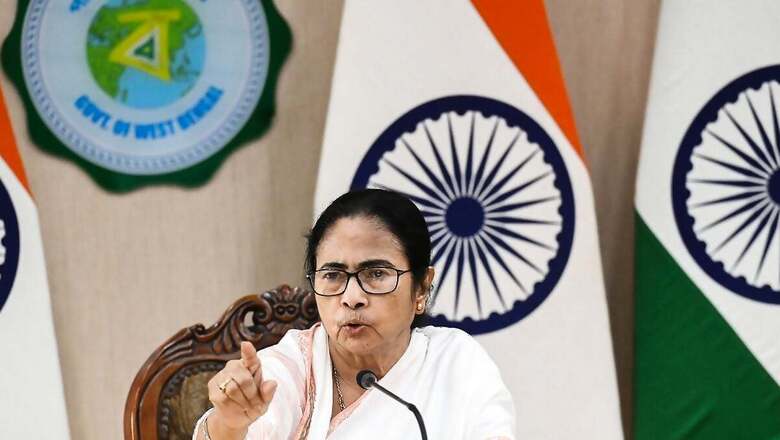
views
The “Rape culture” in Bengal has taken root in a vacuum. RG-Kar hospital, the scene of a trainee doctor’s brutal rape and murder, was virtually reduced to a stygian crypt infested with the depraved. Even the Supreme Court has said as much. There are many such black holes in Bengal where the flame of empathetic and responsive governance has long flickered out. The statistics speak for themselves. For the last decade, Bengal has consistently ranked among the top five states in India with the highest crime rate against women. Among all states in India, Bengal has the lowest conviction rate at 2.5% and one of the highest case pendency rates of 98.1% with respect to crimes against women.
These statistics point to a paradox. Not only is Bengal led by a feisty woman Chief Ministers but also a party (TMC) that has made a conscious effort to give women more representation in both the Vidhan Sabha and national Parliament.
One would have thought that this combination would have resulted in, at the very least, more attention being paid to alleviating problems faced by women.
But beyond optics the presence of women in positions of authority has not changed the lived reality of the ordinary woman in Bengal. At least not when it applies to their safety.
There are a couple of reasons for this.
First, the ongoing investigation into the ineffable brutality that was the RG Kar rape and horror case has revealed disturbing administrative lapses.
All of these, it can be safely said, are a factor of a bloody-minded refusal to bridge the gap between intent and outcome. As a result, the same litany of issues, flagged routinely after every crime on a woman, were responsible for the outrage at the ill-fated Kolkata hospital. The lack of optimally working CCTV cameras, the want of diligence in examining the background of auxiliary staff, ill-lit areas and an inadequate security bandobast.
It is almost as if all the policy prescriptions framed on the back of the horrific Dec 16, 2012 Delhi Nirbhaya incident have been implemented in the exception.
Has the Mamata administration come to believe that it is above accountability? Is this another reason for the continued administrative indifference?
Over three state elections and three Parliamentary elections the TMC’s grip on power has only strengthened despite empirical evidence to suggest that her governance record has not matched the people’s expectations.
Some political observers believe that the secret to Mamata Banerjee’s political invincibility lies in the fact “that her connect with the people has never been as an administrator but as an anti-establishment crusader for grassroots justice.”
Her agitprop political style convinces people of her “sincerity of purpose”.
So long as Mamata can crusade for a cause that appeals to the voter’s sense of grievance, injustice or even prejudice the TMC supremo will fancy her chances of convincing voters that she is the right fit for them.
It wasn’t surprising then that even amidst the spontaneous anti-rape and murder RG Kar protests (arguable her biggest test), Mamata audaciously hit the streets. This time to convince protestors that they were being misled by the proponents of “Ram-Bam” politics that aimed at dividing Bengalis along sectarian and ideological lines. “Stick with me”, she said if you want Bengal to “stick together.”
Mamata has borrowed from the same play book as when her party was linked to crimes against women in Sandeshkhali. Then, Mamata was able to invent an enemy for voters to fear. At her signal, TMC cadre painted the prime accused, a Muslim, as the victim of a communal witch hunt directed by ‘outsiders’ who wanted to divide and rule Bengal. Polls results showed that voters bought into the cause of keeping “communalists” at bay.
If Sandeshkhali couldn’t, what’s the guarantee that the RG Kar horror will dent Mamata’s image?
After all, hasn’t Bengal shown that under Mamata it doesn’t mind getting by not in spite of but despite its government?


















Comments
0 comment